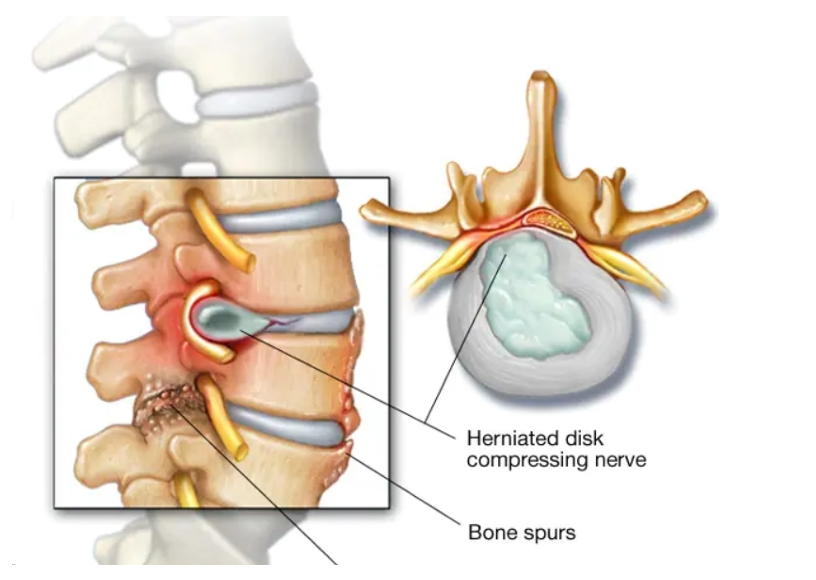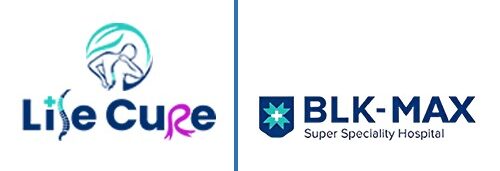Spinal Stenosis
Service > Spinal Stenosis

Spinal Stenosis
Spinal stenosis happens when the space inside the backbone is too small. This can put pressure on the spinal cord and nerves that travel through the spine. Spinal stenosis occurs most often in the lower back and the neck.
Some people with spinal stenosis have no symptoms. Others may experience pain, tingling, numbness and muscle weakness. Symptoms can get worse over time. Patient’s walking distance reduces and has to walk with a forward stooped posture.
The most common cause of spinal stenosis is wear and-tear changes in the spine related to arthritis. People who have severe cases of spinal stenosis may need surgery.
🔷 Spinal Stenosis – Background
Spinal stenosis is a condition where the spaces within the spine narrow, putting pressure on the spinal cord and nerve roots. This narrowing can occur in the neck (cervical stenosis) or lower back (lumbar stenosis) and is most commonly caused by age-related changes in the spine.
📌 Common Causes:
Age-related spinal degeneration
Osteoarthritis or bone spurs
Herniated discs
Thickened ligaments within the spine
Spinal injuries or fractures
Congenital spinal deformities (in some cases)
📌 Typical Symptoms:
Pain in the lower back or neck
Numbness, tingling, or weakness in the arms or legs
Difficulty walking or maintaining balance
Cramping or pain in the legs when standing or walking
In severe cases, loss of bowel or bladder control
📌 Why Early Treatment Is Essential:
Spinal stenosis can significantly impact mobility and quality of life. Early diagnosis is essential to prevent permanent nerve damage and disability. With appropriate treatment, most patients can experience significant relief and improved function.
📌 Available Services May Include:
Evaluation by spine, orthopedic, or neurology specialists
Diagnostic imaging (MRI, CT scan, X-rays)
Conservative treatments such as medications and physical therapy
Epidural steroid injections for pain relief
Activity modification and posture correction
Advanced treatments, including minimally invasive spine surgery if required

